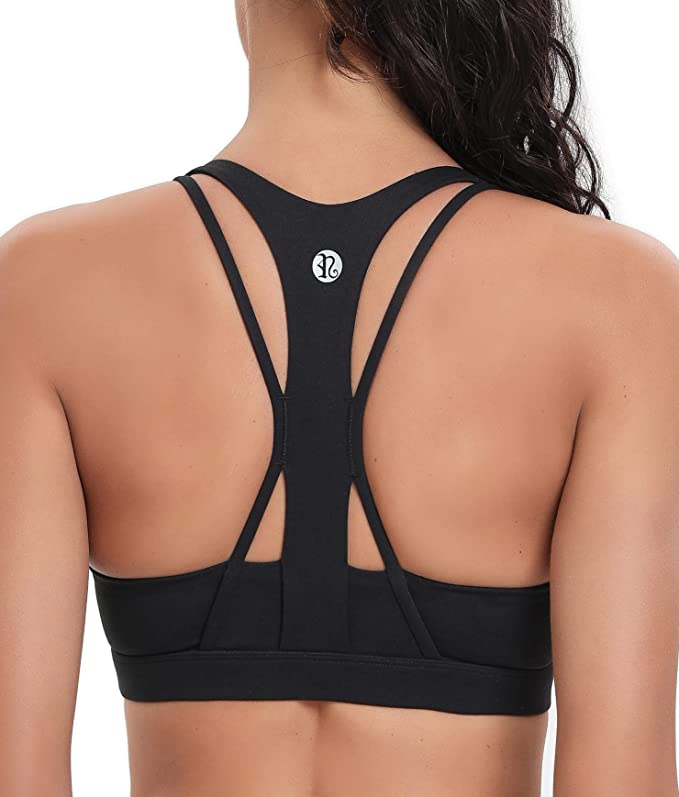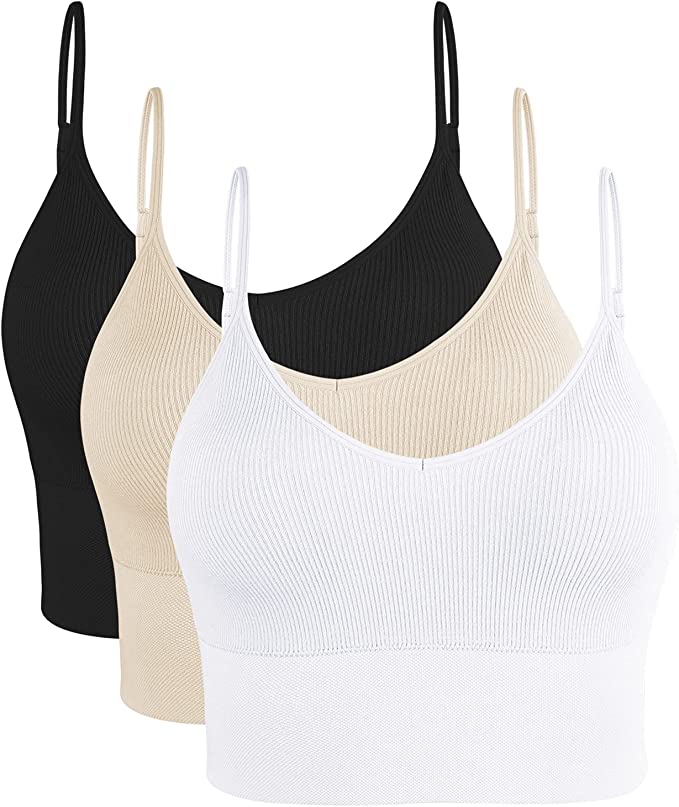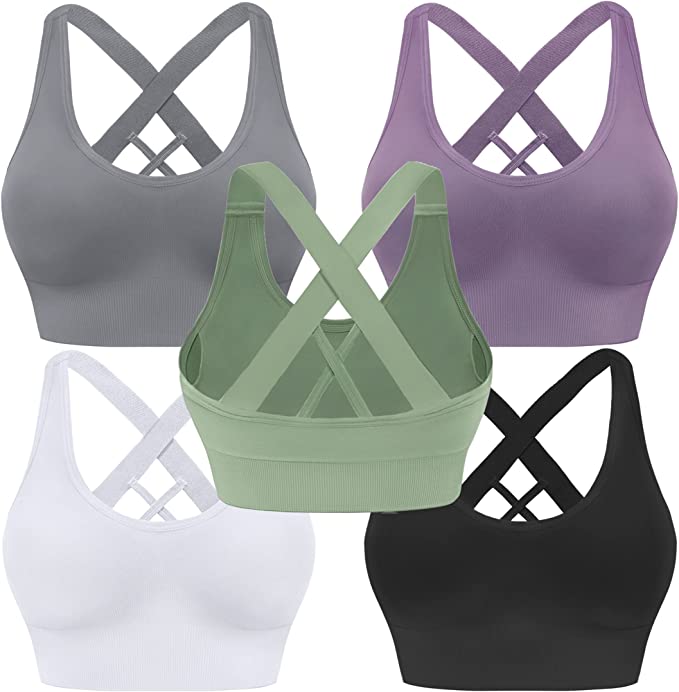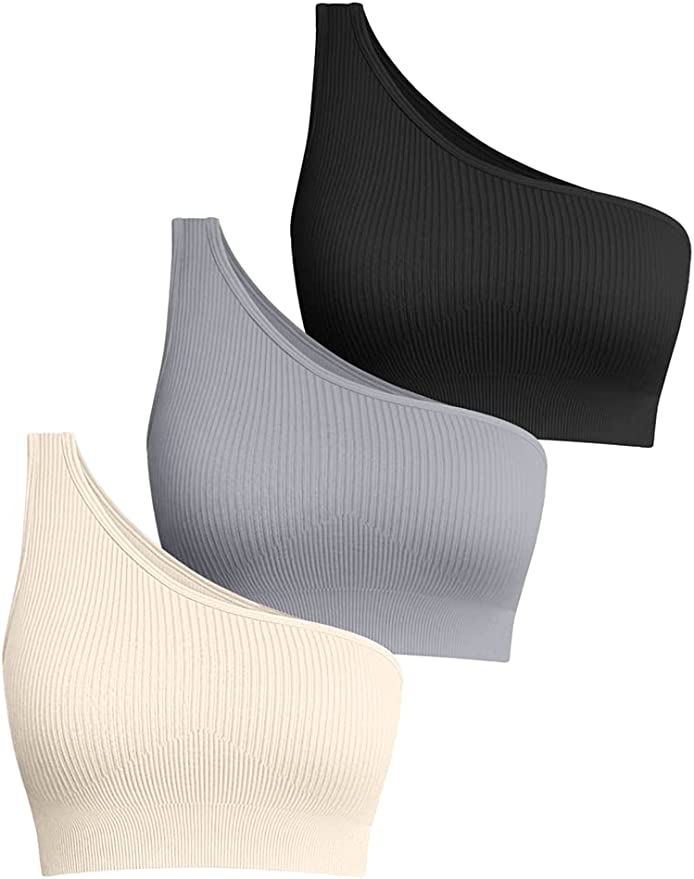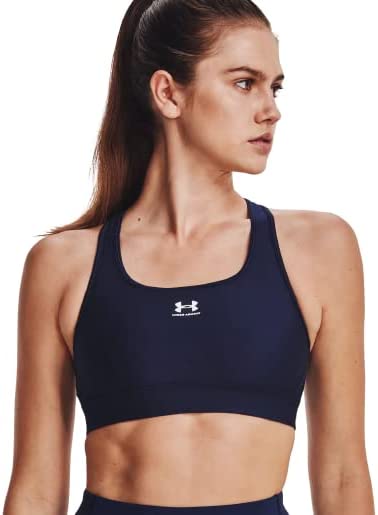Concept2 RowErg Model D Indoor Rowing Machine : A Comprehensive Look
Update on Feb. 8, 2025, 7:38 a.m.
Beyond the Gym: Rowing into a Healthier Life
In our increasingly sedentary world, the quest for efficient and effective exercise has never been more critical. We’re constantly bombarded with fitness trends, but sometimes, the most powerful solutions are rooted in time-tested practices. Enter rowing – a full-body, low-impact workout that’s transforming the way we approach fitness, both inside and outside the gym. And leading this revolution is the Concept2 RowErg, a machine that embodies the science and art of rowing.

More Than Just a Boat Race: A Glimpse into Rowing’s Past
Rowing’s history extends far beyond the competitive races we see today. Its origins trace back to ancient civilizations, where boats were essential for transportation, trade, and warfare. The rhythmic, powerful motion of rowing has, for centuries, been a symbol of strength, endurance, and teamwork. From the ancient Egyptian vessels navigating the Nile to the Viking longships exploring uncharted waters, rowing has shaped human history. The transition to a formal sport began in the 17th and 18th centuries, with races like the Doggett’s Coat and Badge in London, and eventually found its way into the modern Olympic Games. The Concept2 brothers, Dick and Peter Dreissigacker, Olympic rowers themselves, revolutionized indoor rowing in the 1970s with their innovative oar designs, and later, the Concept2 rowing machine.
The Symphony of Muscles: Decoding the Rowing Stroke
The beauty of rowing lies in its elegant simplicity, yet beneath the surface lies a complex interplay of muscles working in perfect harmony. It’s a full-body workout that engages approximately 86% of your muscles, according to some estimates (although exact figures vary depending on the intensity and technique). Let’s dissect the rowing stroke into its four crucial phases, revealing the intricate biomechanics at play:
-
The Catch: Imagine yourself poised at the starting line of a race. Knees bent, shins nearly vertical, arms fully extended, and your core engaged. This is the “catch,” the initial position where your body prepares to unleash its power. The primary muscles activated here are the quadriceps, hamstrings, and glutes in your legs, ready to initiate the drive.
-
The Drive: This is where the magic happens. The drive is an explosive extension of the legs, followed by a powerful hinge at the hips, and finally, the pull of the arms. Think of it as a coordinated sequence: legs, then back, then arms. This phase recruits the major muscle groups of your lower body, core (abdominals, obliques, and lower back), and back (latissimus dorsi, trapezius, and rhomboids).
(Insert an anatomical diagram here showing the muscles involved in the drive phase.)
-
The Finish: As your legs reach full extension, your torso leans back slightly, and your arms pull the handle towards your lower ribs. This is the “finish,” the culmination of the drive. Your core remains engaged, stabilizing your spine, while your back and arm muscles continue to work, completing the pull.
-
The Recovery: This is not simply a passive return to the starting position. The recovery is a controlled slide forward, a preparation for the next catch. It’s a chance to maintain core engagement and prepare for the next powerful drive. Think of it as an active rest, a crucial component of the rowing cycle.
The Science of Smoothness: Unveiling the Air Resistance Magic
One of the defining features of the Concept2 RowErg is its air resistance system. Unlike some rowing machines that use magnetic or water resistance, the Concept2 utilizes a flywheel and damper. But how does this translate to a superior workout?
Imagine a fan spinning. The faster it spins, the more air it moves, and the greater the resistance. This is the fundamental principle behind the Concept2’s air resistance. As you pull the handle, you spin the flywheel. The faster you pull, the faster the flywheel spins, and the more resistance you encounter. This creates a dynamic and responsive resistance that mimics the feel of rowing on water.
The damper, a numbered dial on the side of the flywheel, allows you to control the feel of the stroke. It doesn’t change the resistance directly, but rather the amount of air that flows into the flywheel housing. A higher damper setting (like 10) allows more air in, making the stroke feel heavier, similar to rowing a large, slow boat. A lower damper setting (like 1) restricts airflow, making the stroke feel lighter, like rowing a sleek, fast racing shell. Finding the right damper setting is a matter of personal preference and training goals.
Concept2 RowErg: A Legacy of Innovation
Concept2, founded by rowing brothers Dick and Peter Dreissigacker, has a long-standing reputation for building durable, reliable, and high-performance rowing machines. The RowErg Model D, their flagship model, is a testament to their commitment to quality and innovation. More than just a piece of equipment, it is a culmination of engineering, experience and design.
The RowErg’s construction speaks to its durability. It features aluminum front legs and steel rear legs, providing a solid and stable base that can withstand even the most intense workouts. The 14-inch seat height is comfortable for most users, and the adjustable footrests accommodate a wide range of shoe sizes. One of the most practical features is its ability to separate into two pieces for easy storage, making it a great option for home gyms with limited space.

Your Digital Coxswain: The PM5 Performance Monitor
The heart of the Concept2 RowErg’s intelligence lies in its Performance Monitor 5 (PM5). This isn’t just a basic display that shows time and distance; it’s a sophisticated data-tracking tool that provides valuable insights into your workout.
The PM5 offers a wealth of information, including:
- Pace: Your speed, typically expressed as time per 500 meters.
- Watts: A measure of your power output.
- Calories: An estimate of the calories you’ve burned.
- Distance: The total distance you’ve rowed.
- Stroke Rate: The number of strokes you take per minute.
- Heart Rate: (With a compatible heart rate monitor, sold separately) Your heart rate, a crucial indicator of workout intensity.
The PM5 is more than just a display; it’s your personal rowing coach. It allows you to track your progress, set goals, and compare your performance over time. It also features pre-programmed workouts and games to keep you motivated. The data from the PM5 can be transferred to a USB flash drive or wirelessly connected to apps for further analysis.
Mastering the Art: Technique Tips for Injury-Free Rowing
While rowing is a low-impact exercise, proper technique is crucial to maximize its benefits and minimize the risk of injury. Here are some common mistakes to avoid:
- Rounding the Back: One of the most frequent errors is rounding the back, especially during the drive. This puts excessive stress on the spine and can lead to back pain. Maintain a strong, neutral spine throughout the stroke.
- Over Reaching: Don’t reach too far forward.
- Shooting Your Seat: Don’t pull the handle with just your arms.
- Jerky Movements: The rowing stroke should be smooth and fluid, not jerky or rushed. Focus on controlled movements throughout each phase.
- Ignoring the Core: The core is the engine of the rowing stroke. Engage your core muscles throughout the entire movement to stabilize your spine and transfer power efficiently.
- Chicken Winging: Keep the elbows close to the body.
(Insert illustrations here demonstrating correct and incorrect rowing form.)
Beyond the Basics: Elevating Your Rowing Game
Once you’ve mastered the basic rowing technique, you can start to explore more advanced training methods. Here are a few ideas:
- Interval Training: Alternate between high-intensity bursts and periods of rest or low-intensity rowing. This is a great way to improve your cardiovascular fitness and burn more calories.
- Long-Distance Rows: Build endurance by rowing at a steady pace for extended periods.
- Varying Damper Settings: Experiment with different damper settings to challenge your muscles in different ways.
- Online Challenges and Communities: Join online rowing communities and participate in challenges to stay motivated and connect with other rowers.

Rowing into the Future: A Sustainable Path to Fitness
The Concept2 RowErg is more than just a machine; it’s a gateway to a healthier, more active lifestyle. It’s a testament to the power of simple, yet effective exercise, rooted in a rich history and powered by modern technology. Whether you’re a seasoned athlete or a beginner, the RowErg offers a challenging, rewarding, and sustainable path to fitness. It’s a low-impact, full-body workout that can be done in the comfort of your own home, making it a convenient and accessible option for people of all ages and abilities.




